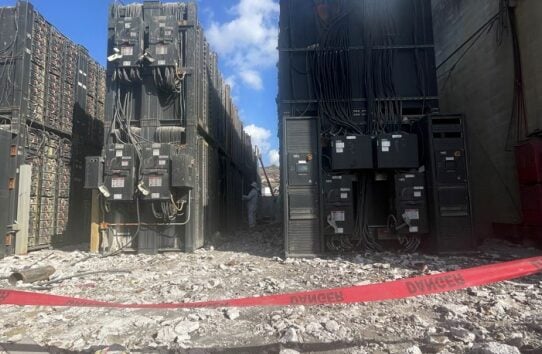Clean Power
Recent Articles
Sort Options:

Can Clean Hydrogen Be Produced Without The Colors?
The article explores the potential for producing clean hydrogen without relying on color-coded classifications. The authors delve into insights gained from energy events and research on innovative hydrogen projects, highlighting the evolving landscape of sustainable energy solutions.

Power Supplies
The article explores the latest advancements in power supply technology, highlighting innovations that enhance efficiency and sustainability. It emphasizes the growing importance of reliable power solutions in various industries, reflecting a shift towards greener energy practices.

How to make clean energy progress under Trump in the states—blue and red alike
The second Trump administration poses significant challenges for climate and clean energy initiatives, as it repeals key incentives. Experts suggest focusing on state-level advocacy, emphasizing economic benefits and energy independence to foster progress in both red and blue states.

US EPA orders LS Power to direct Gateway BESS fire cleanup
The US Environmental Protection Agency (EPA) has reached a settlement with IPP LS Power to oversee cleanup efforts following a lithium-ion battery fire at the Gateway energy storage facility in San Diego, California, ensuring environmental safety and accountability.